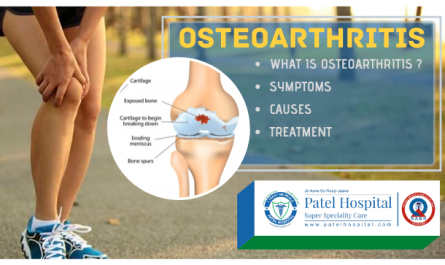Treatment of Benign Prostatic Enlargement
Once the diagnosis of prostatic enlargement is established and prostate cancer is ruled out, various treatment modalities are available. The treatment depends upon the size of the prostate, the severity of symptoms, age, and overall health of the patient.
Medical therapy
Medical therapy is for patients having mild urinary symptoms due to prostate enlargement. For small prostate size alpha-blockers (Silodosin, Tamsulosin, Alfuzosin, etc) are the most commonly used drugs. Side effects may include dizziness and retrograde ejaculation (semen going into the bladder rather than coming out while intercourse). For patients with large prostate size having only mild symptoms, a combination of alpha-blocker and 5- alpha-reductase inhibitor (Dutasteride) is used. Patients having simultaneous erectile dysfunction & urinary symptoms may be started with 5-PDE inhibitors such as Tadalafil which benefits alleviating both symptoms. Besides these for patients having purely irritative symptoms (frequency, urgency ) may be started with anticholinergics (Solifenacin, Darifenacin, Tolterodine, etc) and Beta-3 agonists (Mirabegron).
Surgical therapy
Surgical therapy is recommended for patients with
- Moderate – severe symptoms
- Evidence of kidney damage
- Having refractory urinary retention
- Failed medical therapy
- Very large sized prostate
Various surgical modalities exist for prostate surgery and depend upon the size of the prostate. These surgeries are done almost exclusively transurethrally (through normal urethral orifice) and rarely if ever open surgery is required for isolated benign prostate enlargement.
Transurethral incision of the prostate (TUIP) – In this surgery, one or two small cuts are given in the prostate gland and are done for patients having small-sized prostate.
Transurethral resection of the prostate (TURP) – This surgery is for moderate-sized prostates and large prostate may need more than one session. A scope is inserted into the urethra and the enlarged prostate except its outer part is resected into small chips and removed. A catheter is placed after surgery ends and irrigation generally required for a day. The catheter is removed after 3-4 days as decided by the doctor.
Laser Prostatectomy – High energy lasers such as Holmium, Thulium are available which remove the prostate tissues and provide symptoms relief early after surgery. Laser surgery is associated with fewer side effects as compared to TURP as there is less bleeding and safe for patients on blood thinners. Large-sized prostate can be conveniently removed in less time compared to TURP. HoLEP is the most commonly performed laser prostatectomy procedure which removes the majority of the prostate gland as a whole. As in TURP, the procedure done transurethral, and a catheter is placed after surgery which is removed after 2-3 days.
Embolization – In this procedure which is generally done for patients who are not fit for surgery, the blood supply of the prostate is blocked which then causes prostate size to decrease. The symptoms relief takes months and effectiveness is not well documented.
Open/ Robotic Prostatectomy – Open prostatectomy is reserved for patients having either very large-sized prostate or associated with other complicating factors such as bladder stones, bladder diverticula, etc. Robotic surgery similarly may be required for a very large-sized prostate and the whole prostate is removed.
Follow up Follow-up care is decided based on specific techniques used to treat the enlarged prostate. Improvement in urinary symptoms is checked after 4-6 weeks of catheter removal. Straining exercises and limiting heavy lifting are prohibited for up to 2-3 weeks after laser ablation, transurethral resection of the prostate. If you have open or robot-assisted prostatectomy, you might need to restrict activity for six weeks.




